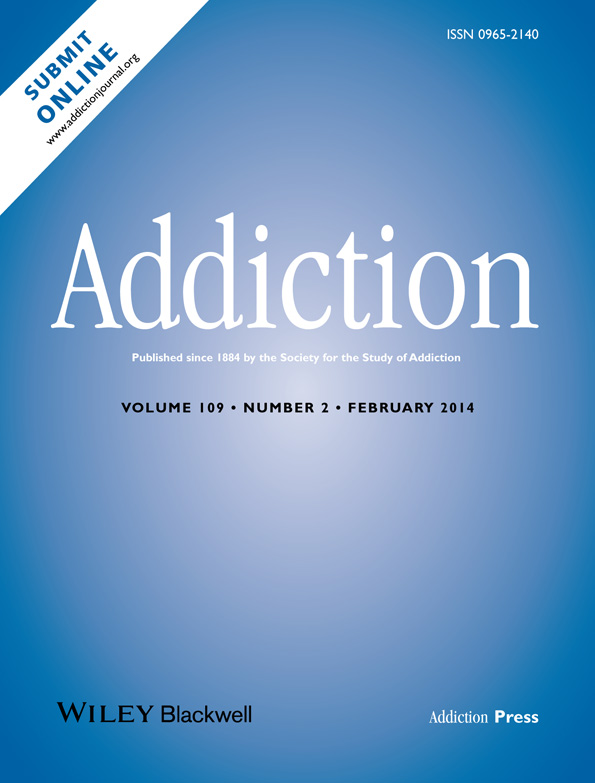Prevalence and associations of quetiapine fumarate misuse among an Australian national city sample of people who regularly inject drugs
Abstract
Aims
To estimate the prevalence of self-reported misuse of the antipsychotic quetiapine fumarate (quetiapine) among a sample of urban Australian people who inject drugs (PWID), and correlates of reported misuse in health and social domains.
Design, setting and participants
Data were obtained from a national cross-sectional convenience sample survey of 868 urban PWID.
Measurements
Self-reported life-time and recent (past 6-month) use, and mode of use, of prescribed and non-prescribed quetiapine. ‘Misuse’ calculated on non-oral use of the prescribed drug or non-prescribed use. Self-reported potential correlates of quetiapine misuse including socio-demographic, drug use and health and social characteristics.
Findings
Thirty-one per cent of the sample [95% confidence interval (CI) = 28–34%] reported ever misusing quetiapine, 15% (95% CI = 13–17%) in the preceding 6 months. Multivariate logistic analysis showed that participants reporting any recent quetiapine misuse were more likely to be from jurisdictions with higher population prescription rates. They were also more likely to report violent crime in the preceding month [odds ratio (OR) = 1.96, 95% CI = 1.17–3.29] and non-heroin drug overdose in the preceding 12 months (OR = 3.52, 95% CI = 1.39–8.91). Recent quetiapine misuse was also significantly associated with non-prescribed benzodiazepine use (OR = 4.26, 95% CI = 2.06–8.82), non-prescribed pharmaceutical opioid use (OR = 2.76 95% CI 1.47–5.19) and amphetamine use (OR = 2.08, 95% CI = 1.02–4.22) in the previous 6 months.
Conclusions
Quetiapine misuse appears to be common in PWID in urban Australia. Recent misuse is associated with localities reporting a higher rate of prescriptions and among individuals with a history of non-heroin drug overdose, violent crime and use of non-prescribed benzodiazepines and pharmaceutical opioids as well as amphetamines. Awareness of the potential for quetiapine misuse is important, as the drug is prescribed increasingly in a broader range of approved and ‘off-label’ clinical contexts.




